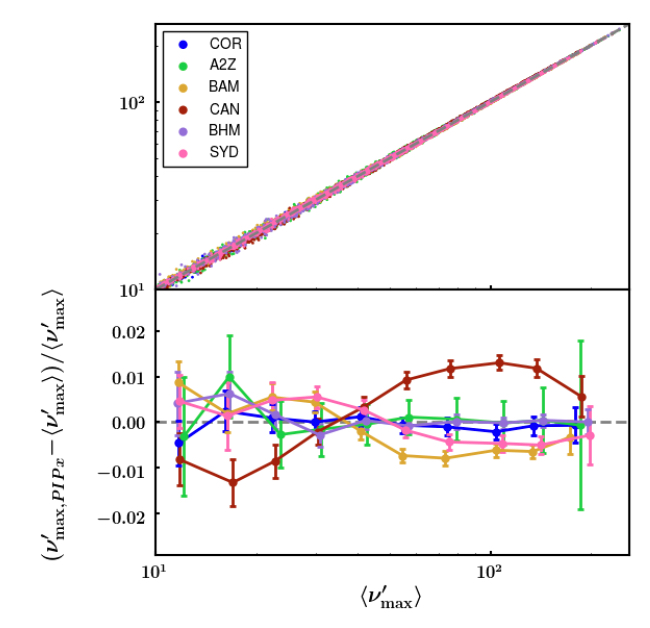
K2 Galactic Archaeology Program
K2 GAP is providing 19,000 asteroseismic masses and radii across Galactic environment; Data Release 2 provides an installment of 4,000 asteroseismic masses.

Astronomer looking at sound waves in stars and reconstructing the chemodynamics of the Galaxy
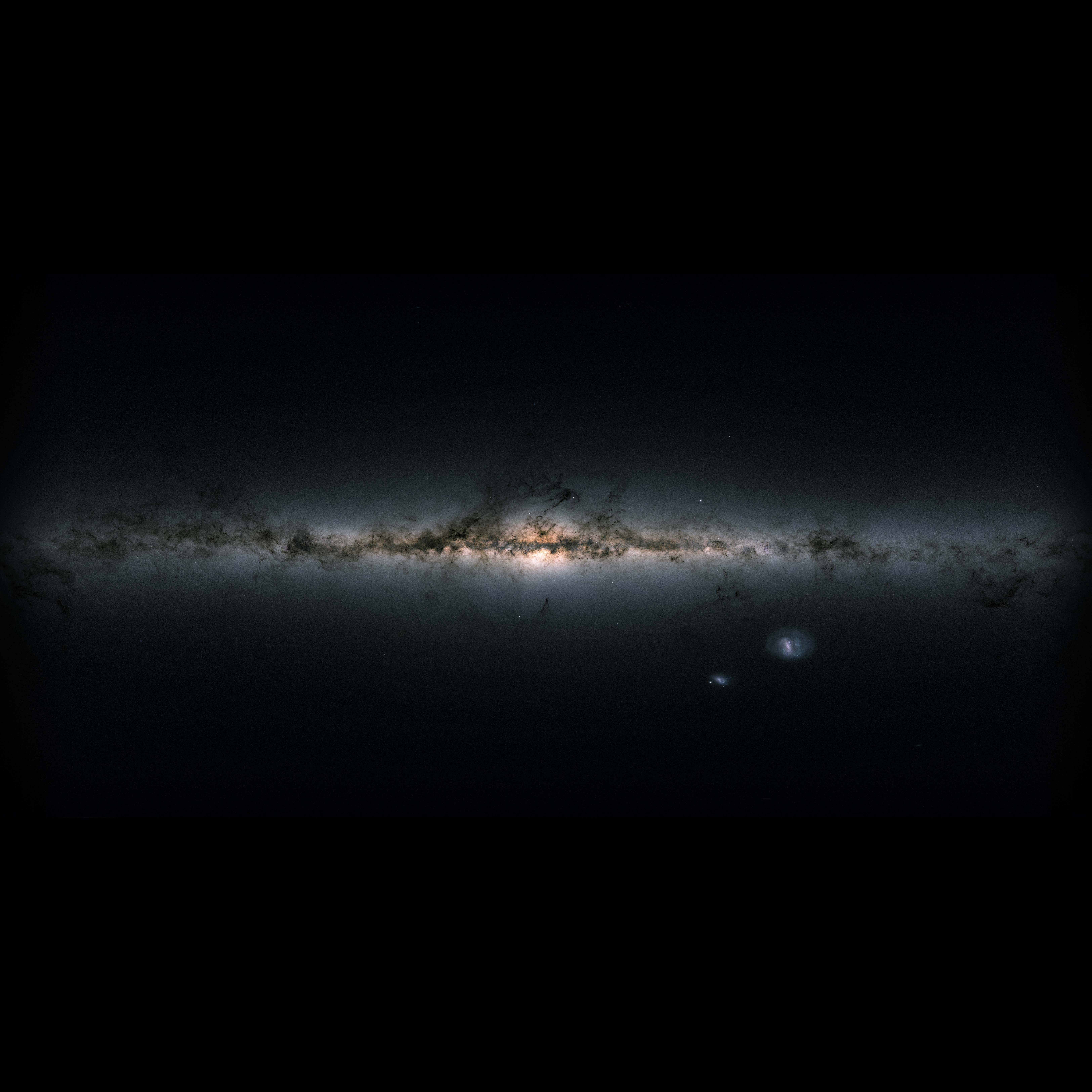
Astronomer and public educator
I am an Assistant Professor in the Department of Physics and Astronomy at California State University, Long Beach. Previously, I held a NSF Astronomy and Astrophysics Postdoctoral Fellowship at the American Museum of Natural History. My research uses asteroseismology to deliver precise and accurate stellar parameters for Galactic archaeology. I'm also interested in the intersection of art and astronomy for public education.
I have developed, in collaboration with the AMNH Education department, a creative, inquiry-based after school program for the American Museum of Natural History, where students from artistic backgrounds explore the universe through their craft. The resulting curricula --- a theatre/history of astronomy class and a dance/Galactic dynamics class --- are available upon request.

K2 GAP is providing 19,000 asteroseismic masses and radii across Galactic environment; Data Release 2 provides an installment of 4,000 asteroseismic masses.
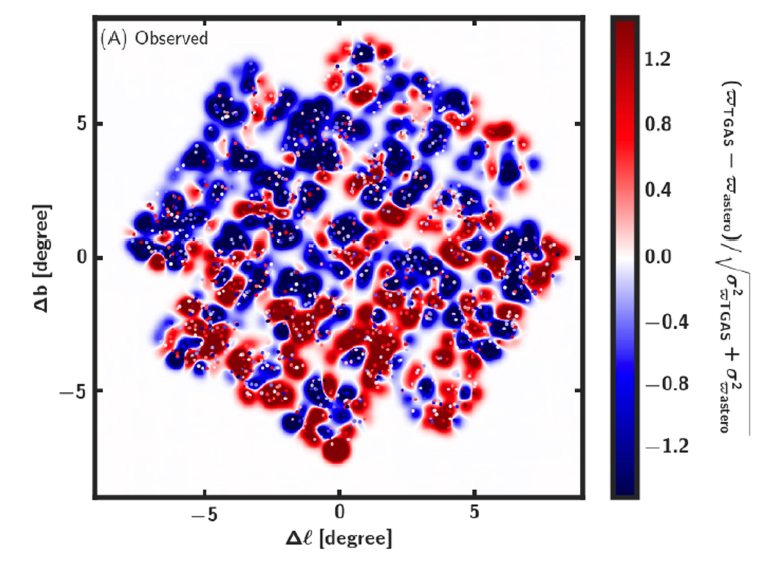
Gaia Data Release 1 parallaxes have significant, small-scale spatial correlations and Gaia DR2 parallaxes have a ~50 microarcsecond zero-point offset on all scales, which I find decreases to at or below 15 microarcseconds in EDR3, after applying the Gaia team's zero-point corrections.
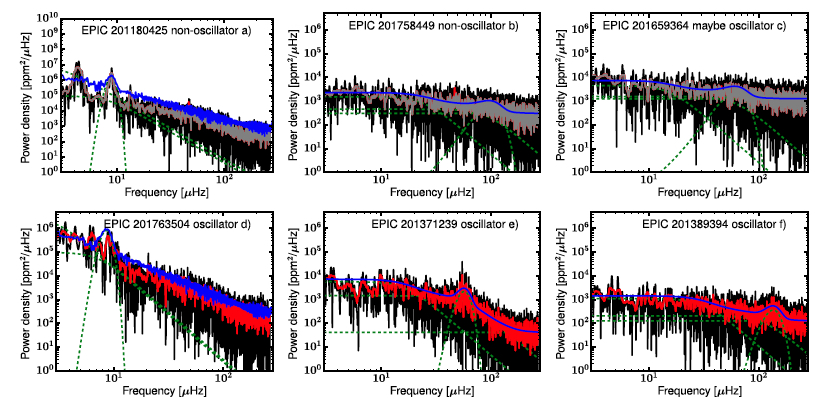
The Bayesian Asteroseismology data Modelling pipeline (GAP) identifies likely solar-like oscillators and returns asteroseismic values for them.
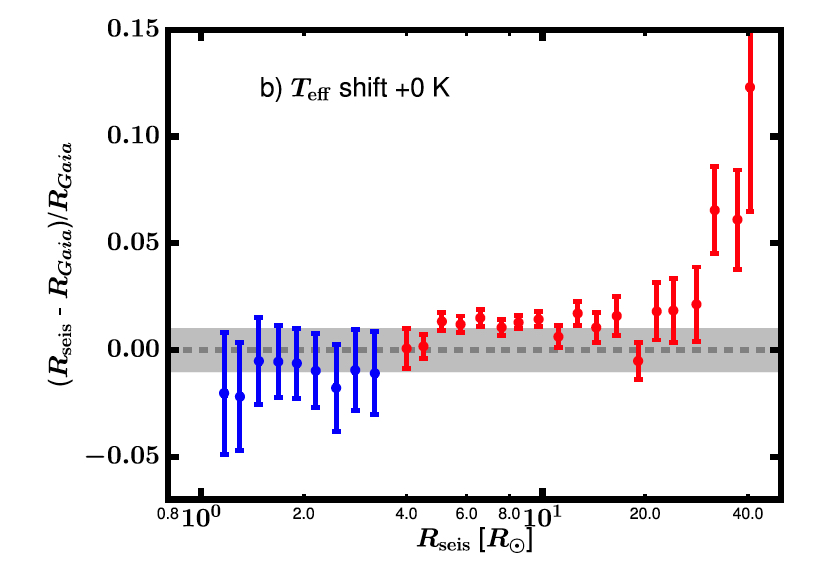
By comparing Kepler asteroseismic radii to Gaia radii, we find asteroseismic scaling relations are accurate at the percent level.
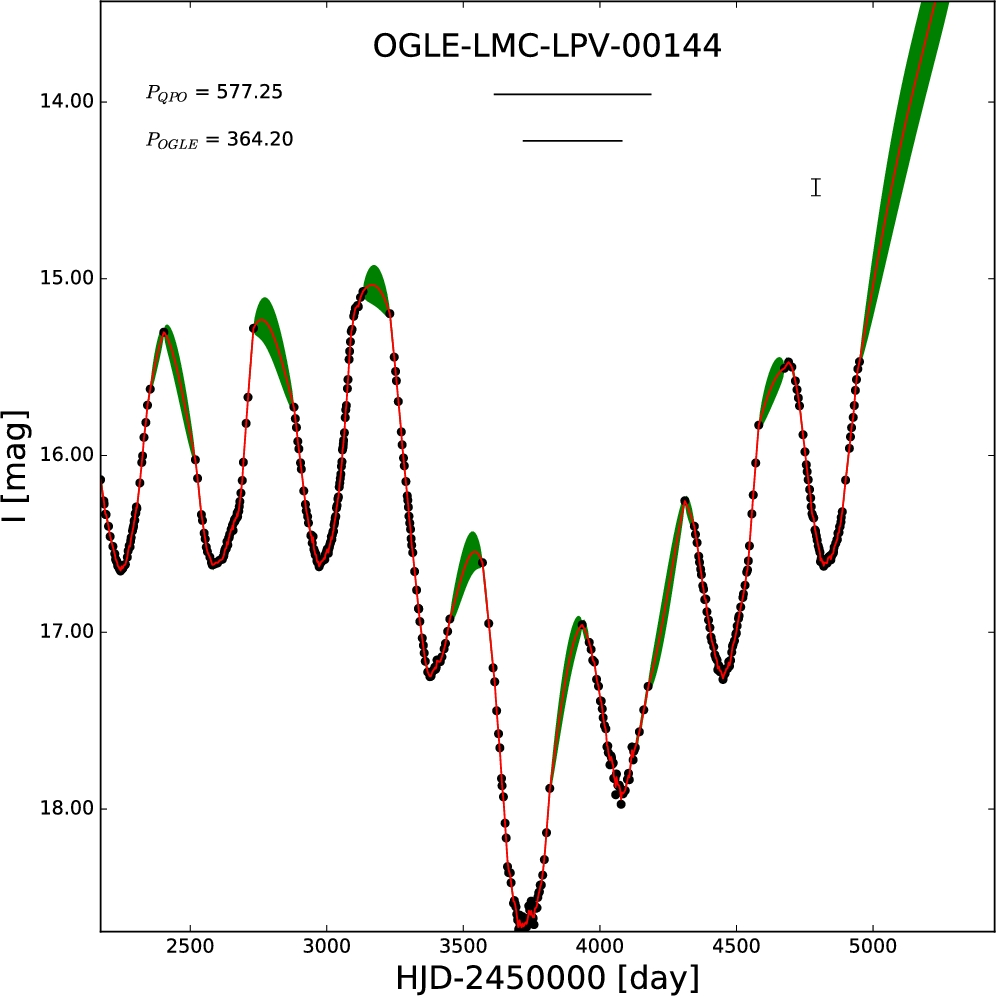
Gaussian processes provide useful information for machine-learning stellar type classification beyond the typical features usually constructed from Fourier methods. Quasi-periodic Gaussian processes will be particularly useful for LSST stellar classification.